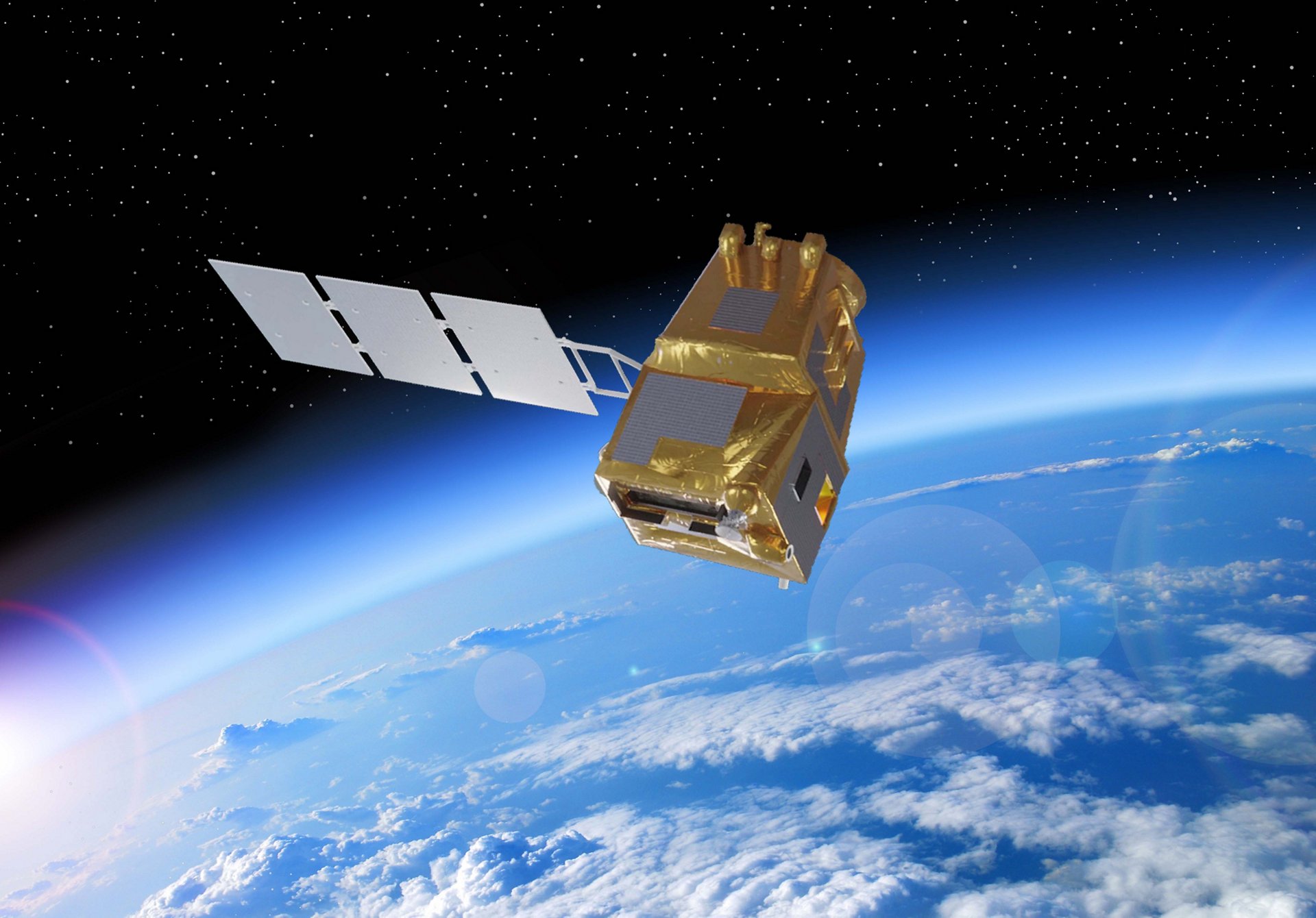Gepubliceerd op 16 november 2020
Land Surface Temperature Monitoring (LSTM)
ESA has selected Airbus Defence and Space as prime contractor for the new Land Surface Temperature Monitoring (LSTM) mission. LSTM is part of Copernicus, the European Union's Earth observation programme for global monitoring. It is one of the six new Sentinel missions, expanding the capabilities of the current Copernicus space component. The contract is valued at € 380 million which includes the development of one LSTM satellite, with an option for two further satellites.
The main objective of LSTM is to deliver global high spatio-temporal day- and night-time land surface temperature measurements. Satellite data analysis for mapping, monitoring and forecasting the Earth's natural resources helps to understand what, when and where changes are taking place.
In particular, this mission will respond to the needs of European farmers to make agricultural production on individual farms more sustainable, as water shortages increase and changes in the environment take place. Specialists will be able to calculate in real time how much water different plants require in different areas, and how often those plants need to be irrigated.
More on Airbus' contract to build LSTM
Copernicus Hyperspectral Imaging Mission for the Environment (CHIME)
Thales Alenia Space France, a joint venture between Thales (67 %) and Leonardo (33 %) has signed a 90 MEUR first tranche contract with ESA to design and build the 2 environmental monitoring satellites of the Copernicus Hyperspectral Imaging Mission for the Environment (CHIME), the global amount being 455 MEUR.
The CHIME mission too is part of the expansion of the Copernicus Space Component programme of the European Space Agency, ESA, in partnership with the European Commission. The European Copernicus flagship programme provides Earth observation and in situ data and a broad range of services for environmental monitoring and protection, climate monitoring, natural disaster assessment to improve the quality of life of European citizens.
Thales Alenia Space will serve as prime contractor and integrator for this program with OHB and Leonardo as main partners for the payload. This mission will carry a unique visible to shortwave infrared spectrometer to provide routine hyperspectral observations to support new and enhanced services for food security, agricultural and biodiversity management, as well as soil property characterization, sustainable mining practices and environment preservation. The mission, whose instantaneous swath is 128km, will complement Copernicus Sentinel-2 for applications such as land-cover mapping.
More on Thales Alenia Space's contract to build CHIME
Copernicus Imaging Microwave Radiometer (CIMR)
Thales Alenia Space Italy on the other hand has signed a 93 Meuro, first tranche of the 495 Meuro global contract, with the European Space Agency (ESA) to build the Copernicus Imaging Microwave Radiometer (CIMR) environmental monitoring satellites.
Thales Alenia Space will serve as mission prime with main partners OHB Italia for the instrument and HPS (High Performance Space Structure System GmbH) for the Antenna Reflector. This mission is dedicated to provide observations of Sea-Surface Temperature (SST), Sea-Ice Concentration (SIC) and Sea-Surface Salinity (SSS). Uniquely, it would also observe a wide range of other sea-ice parameters as Sea Ice Thickness (SIT), Sea Ice Drift (SID), Ice Type/Stage, Snow Depth on Sea Ice or Ice Surface Temperature (IST). CIMR responds to high-priority requirements from key Arctic user communities and will improve continuity of missions monitoring the Polar Regions, notably in terms of spatial resolution (~5 km) temporal resolution (sub-daily) and geophysical accuracy. CIMR measurement performances are at worldwide state of art.


